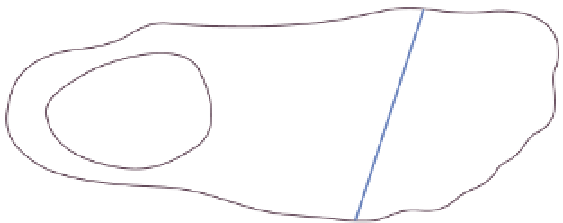what-when-how
In Depth Tutorials and Information
B1
C
H
BC
B2
Figure 6.6
Length - heel to ball joint length. '[H = heel, B1 = ball at 1
st
MPJ, B2 = ball at
5
th
MPJ, C = circumference, BC = ball at mid circumference]
position is too far forward, the toes will be crowded in the toe box. If it is
too far back, the result is abnormal tread wear marks and excessive
creasing of the vamp. These measurements can be taken using a Bran-
nock measuring device (
Figure 6.7
; see also
http://www.brannock.com/
)
which provides the practitioner with more information than the traditional
size stick. It provides a heel to ball joint measurement in addition to overall
length and width.
Key
Concept
The heel to ball measurement is vital in choosing the right length of
shoe overall, if the widest part of the foot (across the metatarso-
phalangeal joints) is to sit in the widest part of the shoe and along the
flex line. If the heel to ball measurement is long in comparison with the
overall length, such as in patients with retracted toes, the shoes will
not it or function correctly.
MTP joint to toe length
Check the length of all the toes and do not assume that the first toe is
the longest. Generally, 1 cm space at the end of the toes is considered
sufficient. Also remember toe width and forefoot shape in relation to the
style of shoe.
Ball width
This is the width of the foot but, in relation to the footwear, includes the
sole (ball tread) and insole as well as the upper. The shoe has to adapt to

































































